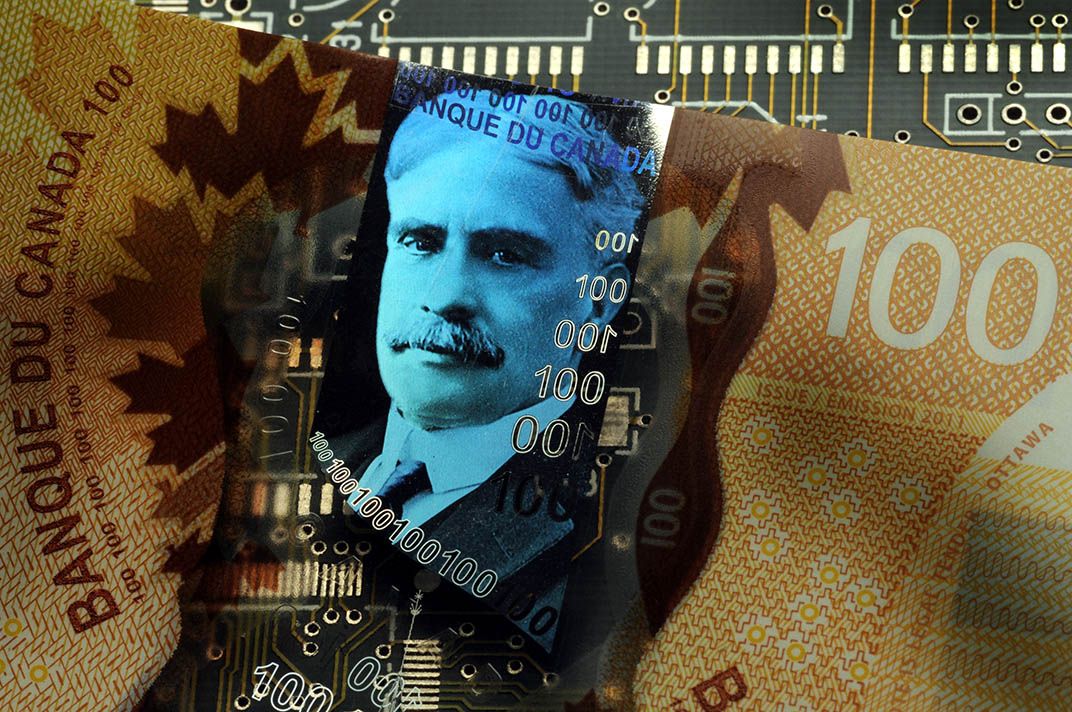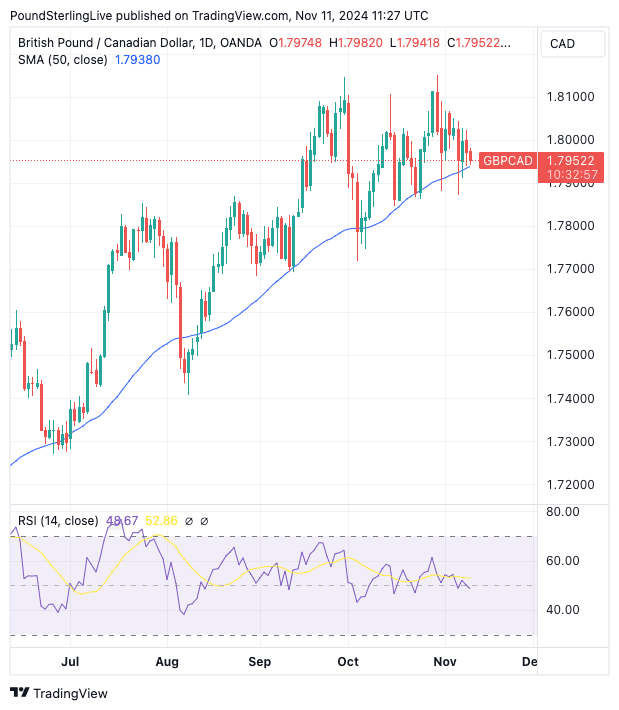
Image © Adobe Stock
The Pound to Canadian Dollar exchange rate (GBP/CAD) faces a significant test this week as a key technical indicator will be tested. Failure will open the door to a more pronounced pullback.
The Canadian Dollar was an outperformer on news Donald Trump had won the U.S. presidential election and that his hand was strengthened after the Republican Party swept Congress.
This is understandable given the proximity of the U.S. and Canada: all things North American - and this includes CAD - rose in tandem.
The Trump Trade may be paused this week as investors await fresh information from the incoming administration.
Trump and his team have not been quiet, and a steady flow of news will determine how markets and CAD behave.
CAD can come under pressure if Trump indicates he is open to negotiating with various countries on tariffs, which would be in keeping with his love of a deal.
Any signal that tariffs might not be as far-reaching as initially thought can prompt some relief that will weigh on USD and CAD, allowing GBP/CAD to retrace recent losses.
GBP/CAD has been in an uptrend in 2024; however, the trend is on pause following the U.S. election:
Failure to break above the 1.81 highs in September and October helped set the scene for a pullback and Trump's win means this pullback risks deepening.
Technical indicators are advocating as such: the pair is below the 21-day moving average, which has now turned lower.
The RSI has dipped below 50 and is pointing lower, suggesting momentum is to the downside.
This week could be the week that the selloff evolves from being a mere retracement of the recent rally to one that is more protracted.
However, the first test is provided by the 50-day moving average at 1.7938, which is now close at hand. A break below here opens the door to a more pronounced downtrend.
We note that the 50 DMA has not been broken on a sustained basis this year. What often happens is that GBP/CAD recovers and the uptrend is rejuvenated.
If GBP/CAD stays above the 50 DMA, then the uptrend is intact, and the recent selloff will fade.
This would occur if the excitement surrounding last week's election results fade and markets enter a wait-and-see approach to the second Trump era.

